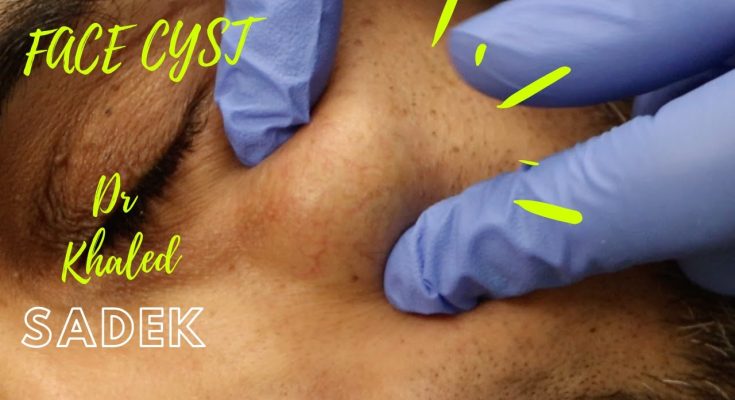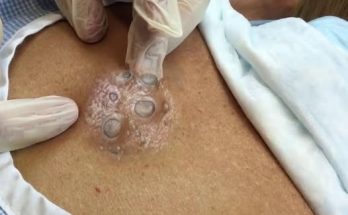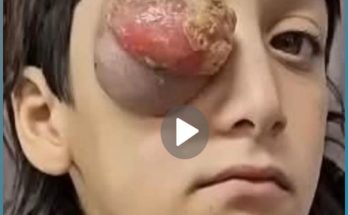Scroll Down to watch..👇👇

Acne scars occur when inflammation associated with acne lesions causes irreparable damage to the underlying skin tissue. Inflammatory acne, such as cysts and nodules, are the most likely lesions to cause acne scars. The type of acne scarring a patient develops depends on the skin’s response during healing. Atrophic scars, which are characterized by indents in the skin, occur if the body is unable to produce a sufficient amount of collagen to repair the damage. Ice pick scars, boxcar scars, and rolling scars are the three types of atrophic acne scars. Ice pick scars are deep, narrow scars that may resemble enlarged pores. The term “ice pick” scar comes from the fact that the skin appears as if it has been pierced by a sharp tool, like an ice pick. Boxcar scars are round or oval-shaped in appearance and have deep vertical sides. Rolling Scars are shallow indents without well-defined borders that make the skin’s surface appear wavy. Hypertrophic scars appear as raised, growth-like bumps on the skin that occur when there is an excess of new collagen production during the healing process.
Chemical peels are best used to treat active breakouts, atrophic acne scars, and hyperpigmentation that can occur after an acne breakout, also known as post-inflammatory hyperpigmentation. To successfully manage breakouts and eliminate the appearance of acne scars, Dr. Green will customize your treatment approach so that it is appropriate for your specific skin concerns and aesthetic goals.
Happy to Watch Full video here..👇👇



